Exploring Abductive Reasoning - The Logic of Maybe
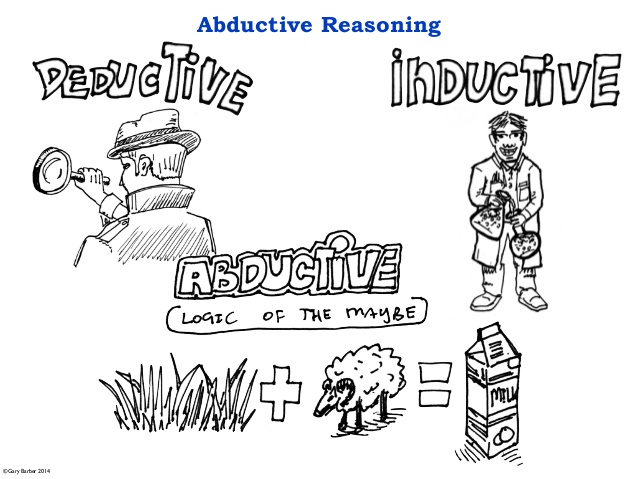
Abductive reasoning is a form of logical inference which starts with an observation or set of observations then seeks to find the simplest and most likely explanation for the observations. This process, unlike deductive reasoning, yields a plausible conclusion but does not positively verify it. Abductive conclusions are thus qualified as having a remnant of uncertainty or doubt, which is expressed in retreat terms such as "best available" or 'most likely.
Put differently, Abduction is drawing a conclusion using a heuristic that is likely, but not inevitable given some foreknowledge.e.g., I observe sheep in a field, and they appear white from my viewing angle, so sheep are white. Contrast with the deductive statement: "Some sheep are white on at least one side". To simplify and summaries: Deductive = Top down logic - Inductive = Bottom up logic - Abductive = What seems most probably?
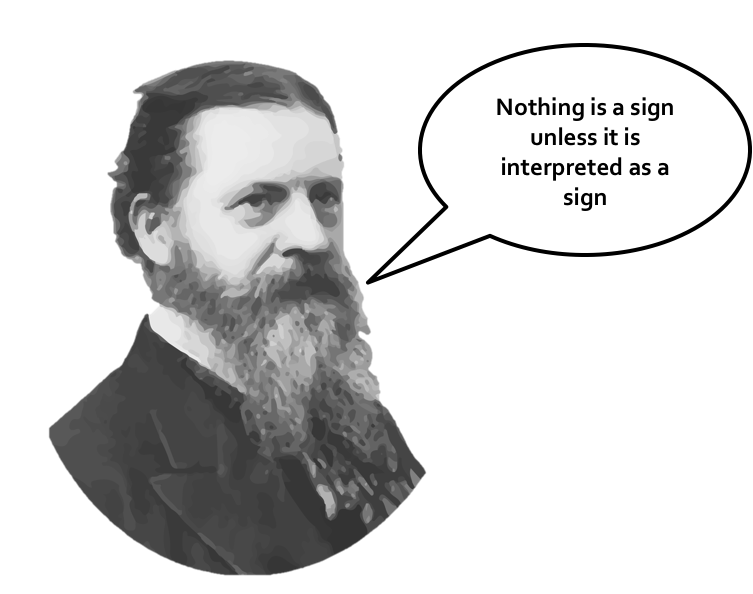
The American philosopher Charles Sanders Peirce (1839–1914) introduced abduction into modern logic. Over the years he called such inference hypothesis, abduction, presumption, and retroduction. He considered it a topic in logic as a normative field in philosophy, not in purely formal or mathematical logic, and eventually as a topic also in economics of research. (wikipedia)
In later years his view came to be:
- Abduction is guessing. It is "very little hampered" by rules of logic. Even a well-prepared mind's individual guesses are more frequently wrong than right. But the success of our guesses far exceeds that of random luck and seems born of attunement to nature by instinct (some speak of intuition in such contexts).
- Abduction guesses a new or outside idea so as to account in a plausible, instinctive, economical way for a surprising or very complicated phenomenon. That is its proximate aim.
- Its longer aim is to economize inquiry itself. Its rationale is inductive: it works often enough, is the only source of new ideas, and has no substitute in expediting the discovery of new truths.
- Pragmatism is the logic of abduction. Upon the generation of an explanation, the pragmatic maxim gives the necessary and sufficient logical rule to abduction in general. The hypothesis, being insecure, needs to have conceivable implications for informed practice, so as to be testable and, through its trials, to expedite and economize inquiry. The economy of research is what calls for abduction and governs its art.

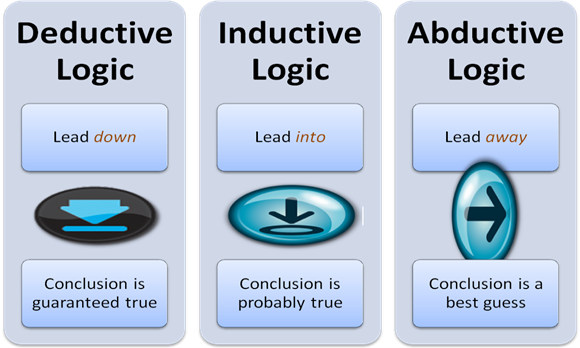
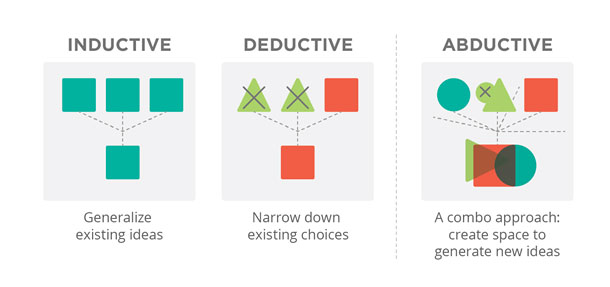
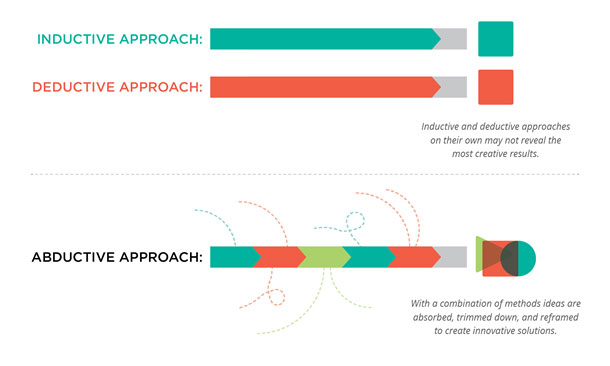
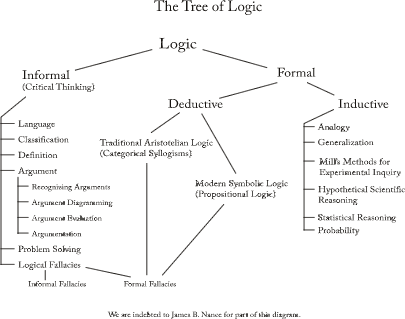
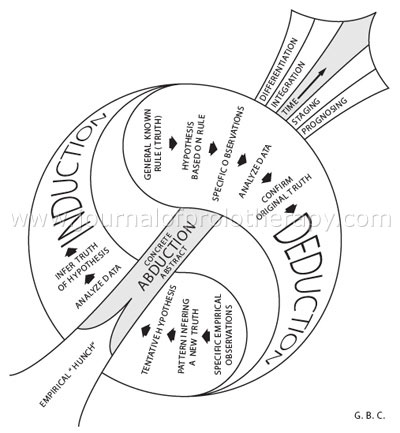
Abductive Reasoning Links:
- Stanford Encyclopedia of Philosophy - Abduction
- Book: Abductive Reasoning - by Douglas N. Walton (2005)
- Journal: Abductive Cognition - The Epistemological and Eco-Cognitive Dimensions of Hypothetical Reasoning - by Lorenzo Magnani (2009)
- Building a Rationale for Evidence-Based Prolotherapy in an Orthopedic Medicine Practice, Part 1: A Short History of Logical Medical Decision Making - By Gary B. Clark
- Using Your Logical Powers: Abductive Reasoning for Business Success - by Iffat Jokhio, Ian Chalmers (2015)
- Looking past yesterday's tomorrow: Using futures studies methods to extend the research horizon - by Jennifer Mankoff et.al (2013)
- Abduction as a Rational Means to Creativity. Unexpressed Knowledge and Scientific Discovery - by Lorenzo Magnani et.al
- Creativity: Surprise and abductive reasoning - by Maria Eunice Quilici Gonzalez (2005)
- Lightning Talk: The Seven Horses of Abductive Reasoning - by C.A. Corriere (2018)
Related Approaches:
The following text from Noah Raford's "On design and the use of abductive reasoning" post, provides a good overview of recent history of Abductive methods in Design:
"The interest in the use of abductive, analogic and intuitive problem-solving has major roots in the “design studies” movement of the late 1960’s & 1970’s.
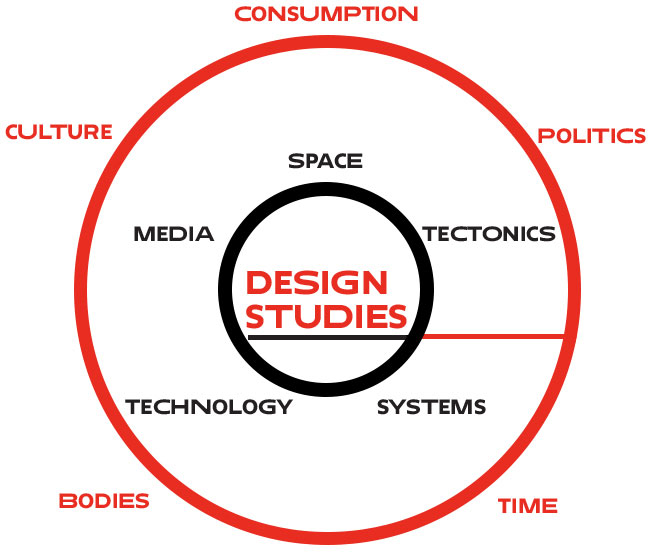
This movement started in the UK, primarily thanks to the work of Leslie Martin and Lionel March at the Cambridge Centre at the Cambridge School of Architecture. March and Martin were at the head of a generation of scholars seeking to systematise and understand how architects and designers thought about the world. This paralleled research into cybernetics & AI in the states by Herbert Simon, but for some reason it seems that there was a critical confluence of design thinkers in the UK at that time, and most of the literature around induction, abduction, etc. seems to come from this period.
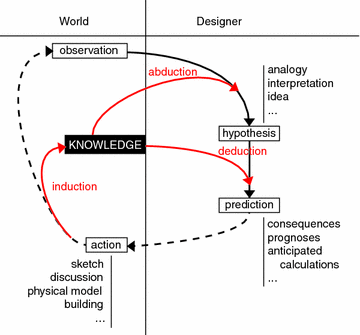
Form of Model-Based Reasoning" (2013)
The key ideas: The original intention of this group was to understand and document the design process. The hope was that if you understood how architects and designers perceived the world, you could replicate this in computer or expert-systems (and then do away with or “improve” the designer). Because replicability was one of the key goals, a natural sciences approach was taken to observing designers. A lot of controlled experiments were set up in laboratories to test “design problem solving”, most of which failed miserably. This led to a more ethnographic approach, including some of the first anthropological approaches to knowledge elicitation that I’ve ever seen.
What they found was that:
“Scientists adopt a problem-focused strategy and architects a solution-focused strategy.” (Lawson, 1979)
“The scientific method is a pattern of problem-solving behaviour employed in finding out the nature of what existis, whereas the design method is a pattern of behaviour employed in inventing things of value which do not yet exists. Science is analytic, design is constructive.” (Gregory, 1966)
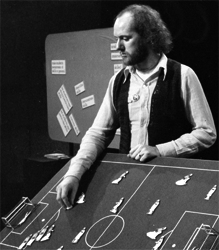
design process" (1975)
This places a heavy emphasis on action, testing, and observation, in that order, and highlights the essentially creative nature of design. Nigel Cross, who is still teaching at the Open University, suggests that design is “a process of pattern-synthesis, when the solution is not simply ‘lying there in the data’ but has to be actively constructed by the designer’s own efforts.”. You can see how this relates to the notion of abduction. Peirce suggests that, “the whole fabric of our knowledge is one matted felt of pure hypothesis confirmed and refined by induction.” This is very similar to design. In other words,
“[Architects] learn about the nature of the problem largely as a result of trying out solutions, whereas the scientists set out specifically to study the problem.” (Lawson, 1980)
Schum notes that if Peirce is correct, “new ideas emerge as we combine, marshal or organize thoughts and evidence in different ways.” Because the design method is fundamentally exploratory, it is about hypothesis generation based on the most uncertain and sketchy forms of data. It uses both abductive and constructive reasoning to show “what might be”, instead of deductive reasoning to show “what is”." Read more..

In recent decades, Abductive Logic and Reasoning has been extensively studied in the context of Artificial Intelligence and Machine Learning research. A few links, old & new:
- Abductive Artificial Intelligence Learning Models - by James A. Crowder and John N. Carbone (Raytheon Intelligence, 2017)
- Approaches to abductive reasoning: an overview - by Gabriele Paul (1993)
- AI Approaches to Abduction - by Gabriele Paul (1998)
- Logic-Based Abductive Inference - Sheila A.McLlraith (Stanford, 1998)
- Evaluating Abductive Hypotheses using an EM Algorithm on BDDs (2009)
- Bridging Machine Learning and Logical Reasoning by Abductive Learning - by Wang-Zhou Dai et.al (2019) and video presentation of research
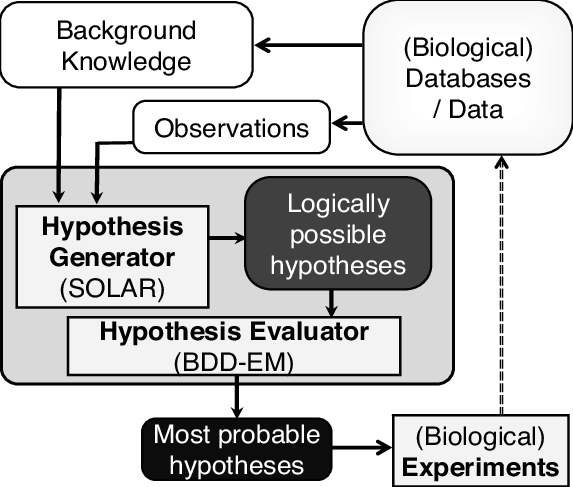
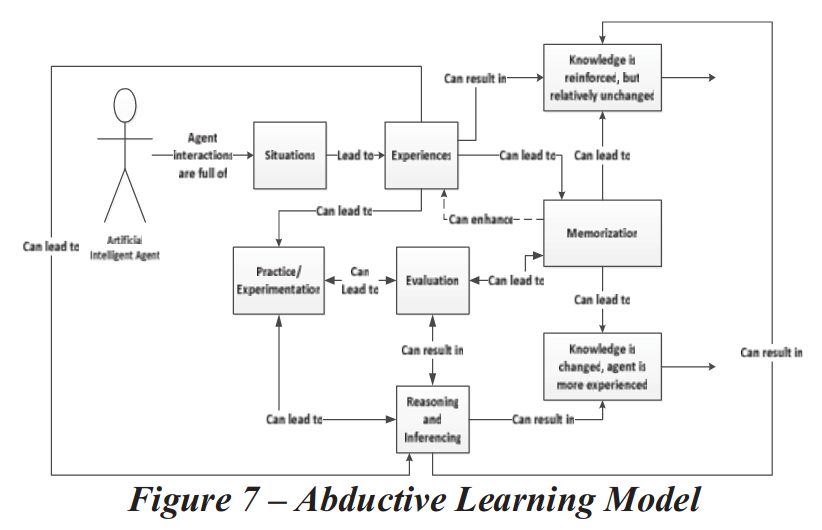
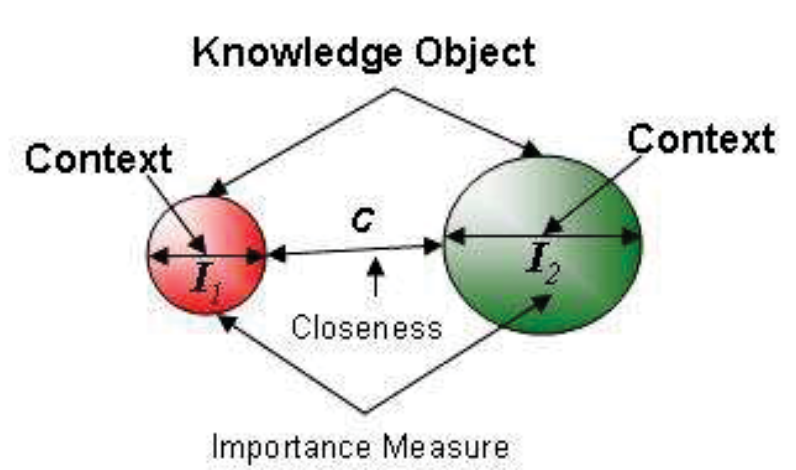
Related Ideas by Abductive Logic pioneer Charles Sanders Peirce, on Semiotics:
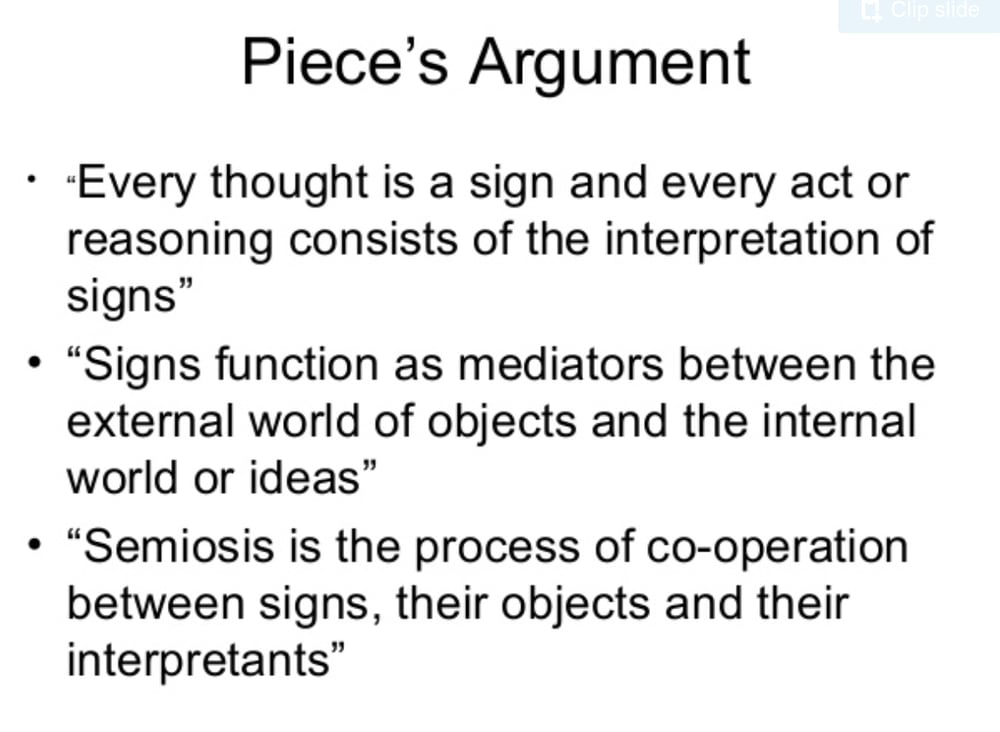

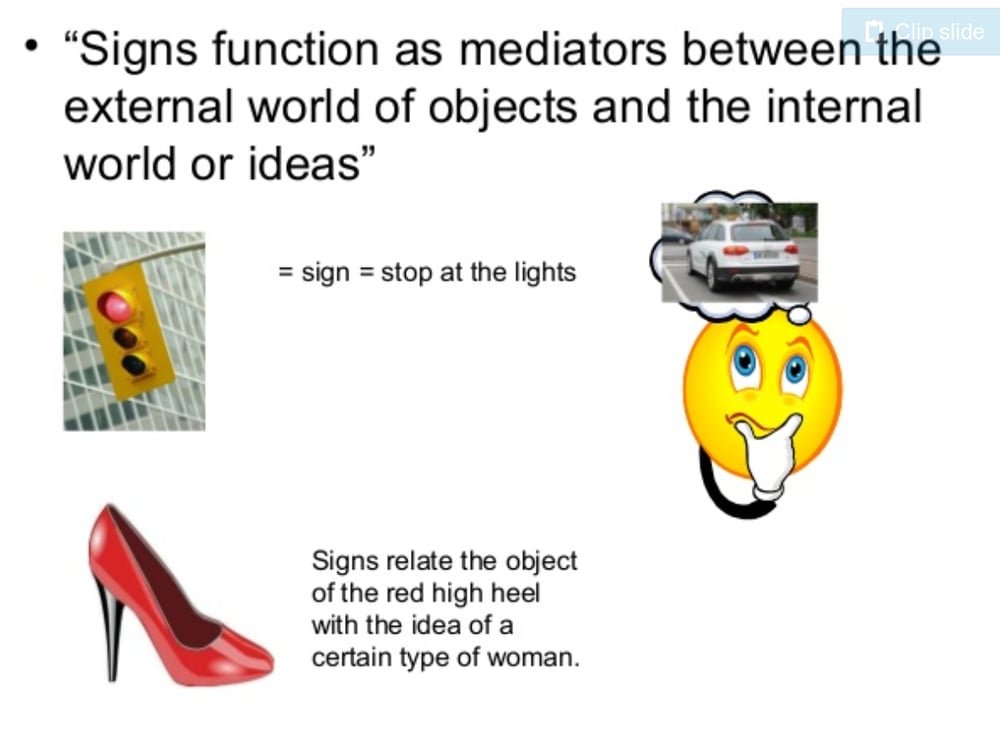
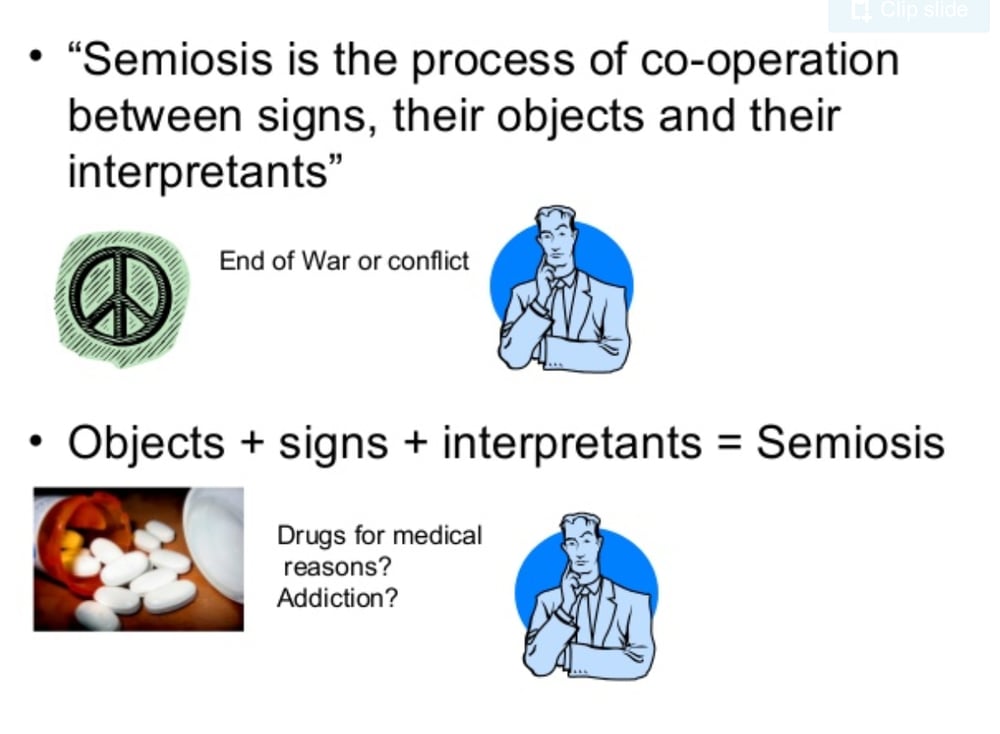
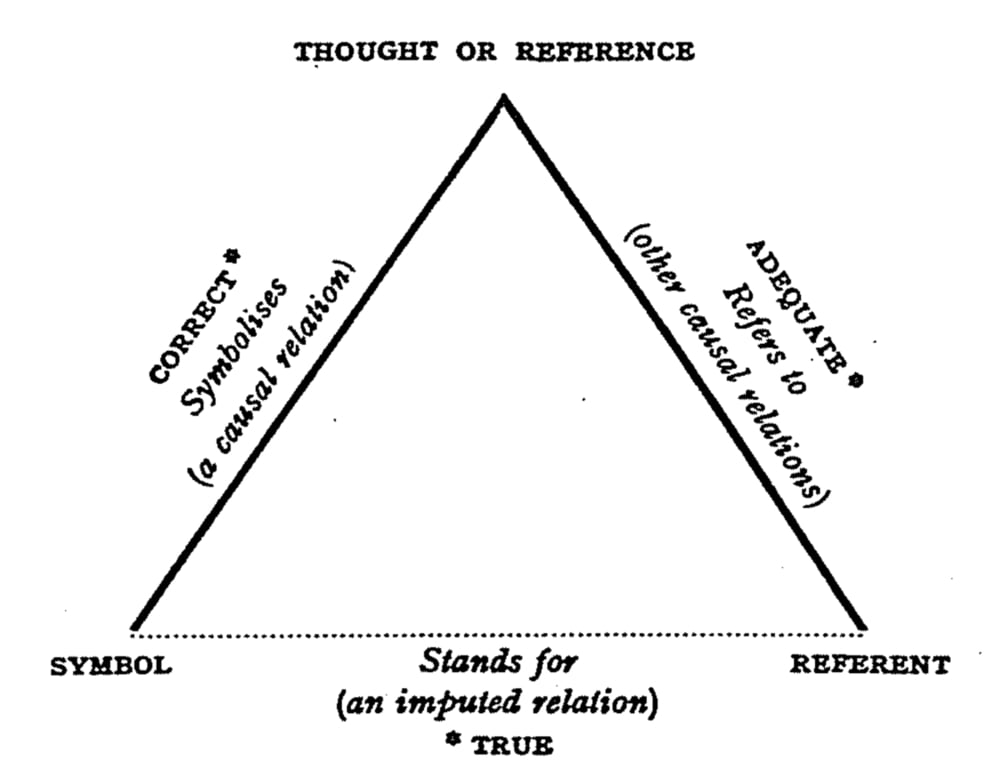
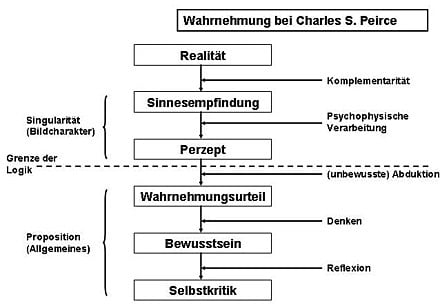
"The essence of belief is the establishment of a habit; and different beliefs are distinguished by the different modes of action to which they give rise."
- Charles Sanders Peirce
Not a Poem: Not Logic, Not Prose and Not Really Poetry - by Rolf (2013)
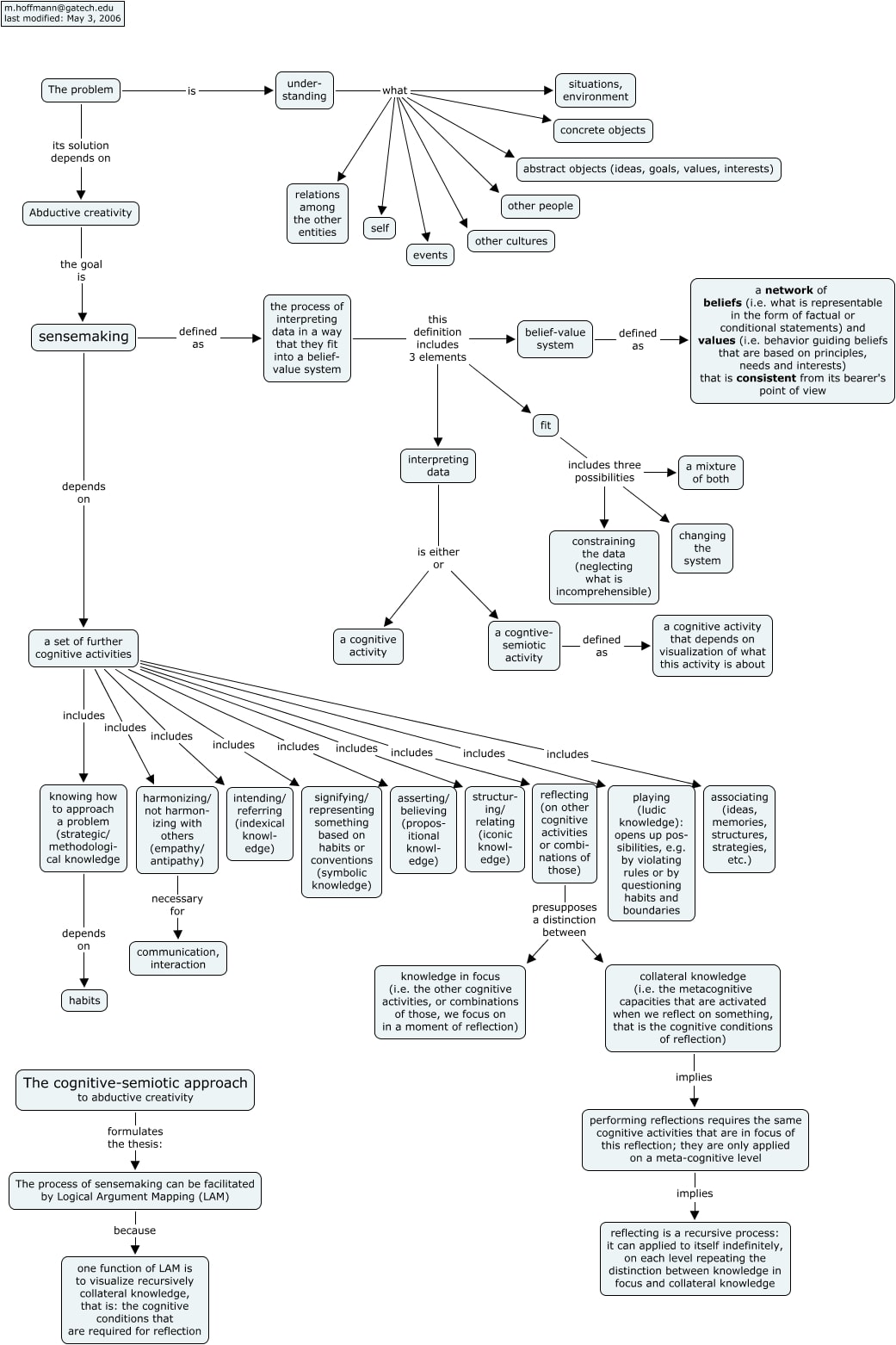
BASED ON TRUE EVENTS: "I have been teaching Geometry this year,and trying my best to explain logic,deduction vs induction, and the ever present, always faulty, always useful, abductive “reasoning.”Without abductive reasoning, life itself would not be possible for humans. Induction and deduction? Entirely optional. Our car, (which only had 3 out 4 cyliders working) started to turn itself off, at apparently random intervals. There you’d be, changing lanes, in what you thought was a car,and poof no car, just a large metal box that looked like a car,with a seat belt, a driver’s seat, and a silent engine,rolling to a final velocity of zero. I drove the box / car to five dealerships in town,while searching for the best replacement for the box.I can now say, what others have noted before;
“Pure logic, when considering a car, (or any thing else other than numbers) does not exist.”
#KM #Philosophy #Science #ML #Creativity #Design #Complexity #Evolution #Magic